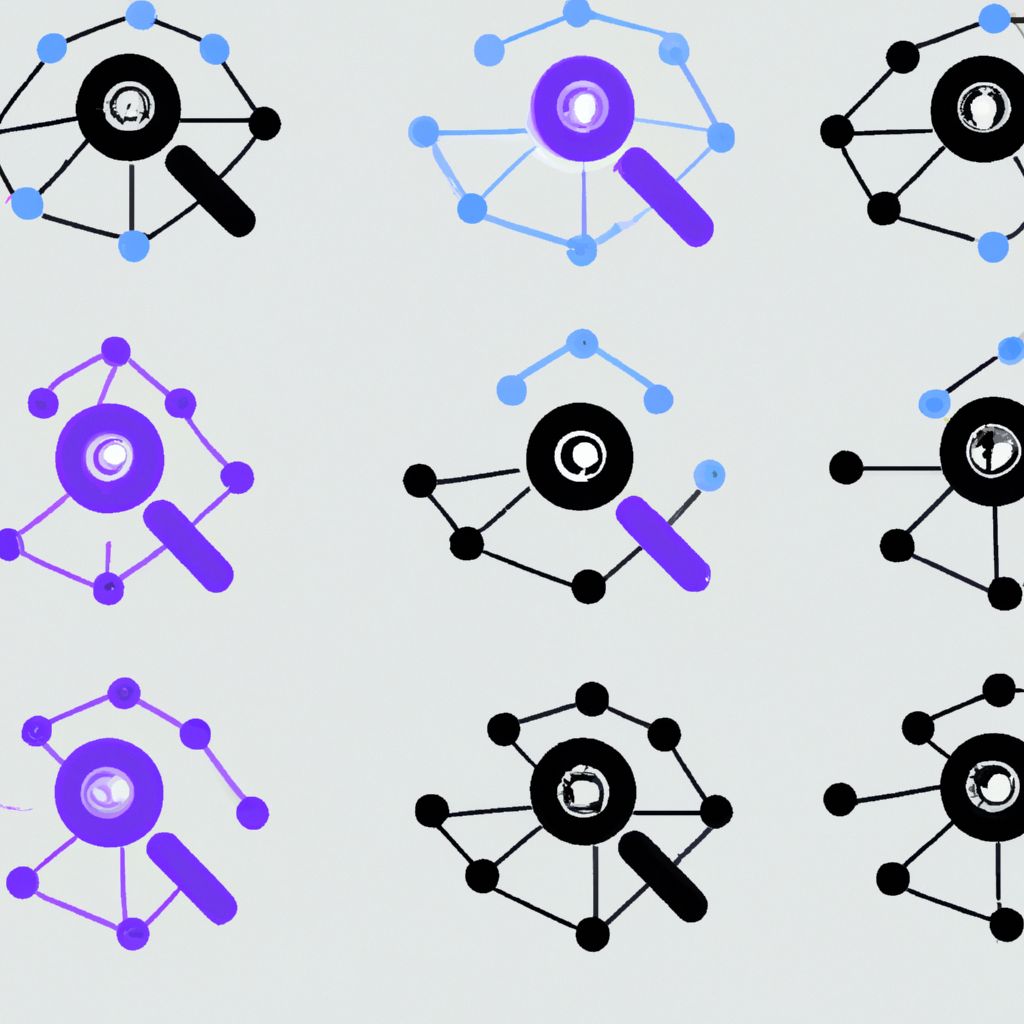In an era where network infrastructure is the backbone of nearly every business operation, ensuring its security is paramount. Cyber threats constantly evolve, targeting network vulnerabilities to gain unauthorized access, disrupt services, and steal sensitive data. Network penetration testing, often called pentesting, is a critical practice for proactively identifying and mitigating these risks before malicious actors can exploit them.
But what exactly does network penetration testing entail, and why is it so crucial for modern businesses? Let's delve into the specifics, particularly the distinction between external and internal testing.
What is Network Penetration Testing?
At its core, network penetration testing is a simulated cyberattack authorized against your own network infrastructure. Ethical hackers, or pentesters, use the same tools and techniques as real attackers to probe for weaknesses in your systems, network devices (like routers, switches, firewalls), servers, and overall network architecture. The goal isn't just to find vulnerabilities but to understand how they could be exploited and what impact a successful breach might have.
Network pentesting typically falls into two main categories: External and Internal.
External Network Penetration Testing: Guarding the Perimeter
The Focus: External network penetration testing simulates attacks originating from outside your organization's network – typically from the public internet. It focuses on your internet-facing assets and perimeter defenses.
What's Tested:
- Firewalls and Routers: Are they properly configured to block unauthorized traffic?
- VPN Endpoints: Can attackers bypass or compromise remote access solutions?
- Exposed Servers: Are web servers, email servers, or other publicly accessible systems vulnerable?
- Public IP Addresses: Can attackers identify open ports or vulnerable services?
- Domain Name System (DNS): Are there misconfigurations that could be exploited?
The Goal: The primary objective is to determine if an external attacker can breach the network perimeter and gain an initial foothold within the internal environment. It assesses the effectiveness of your first line of defense against threats from the wider internet.
Internal Network Penetration Testing: Assessing Inside Threats
The Focus: Internal network penetration testing simulates attacks originating from within your network perimeter. It operates under the assumption that an attacker has already gained initial access (perhaps through phishing, malware on an employee's machine, or a compromised external system) or is a malicious insider.
What's Tested:
- Internal Servers: Assessing vulnerabilities on file servers, domain controllers, databases, and application servers.
- Network Segmentation: Can an attacker move freely between different network segments (e.g., from a user network to a server network)? Is segmentation effectively limiting the blast radius of a breach?
- Privilege Escalation: Can an attacker with standard user access elevate their privileges to gain administrative control?
- Lateral Movement: How easily can an attacker move from one compromised system to another within the network?
- Internal Applications: Are internal-only applications secure?
- Access Controls: Are permissions and access rights appropriately restricted (Principle of Least Privilege)?
The Goal: The objective is to understand the potential damage an attacker could inflict after bypassing perimeter defenses. It assesses the internal security posture and the effectiveness of controls designed to contain threats that have already made it inside.
Why Both External and Internal Testing Are Crucial
Focusing solely on external testing leaves a significant blind spot. While it's vital to prevent initial breaches, assuming your perimeter is impenetrable is unrealistic. Attackers do get in. Internal testing reveals how resilient your network is once that happens.
- External Testing: Identifies how attackers might get in.
- Internal Testing: Assesses the potential impact once they are in.
Together, they provide a comprehensive, layered view of your network security risks. External testing strengthens the walls, while internal testing secures the rooms within those walls.
Common Findings from Network Pentests
Network penetration tests often uncover recurring issues, including:
- Unpatched Systems: Missing critical security updates for operating systems or software.
- Weak or Default Credentials: Easily guessable passwords or factory-default settings left unchanged.
- Misconfigurations: Incorrectly configured firewalls, servers, or network devices.
- Poor Network Segmentation: Lack of internal barriers allowing attackers to move laterally with ease.
- Excessive Permissions: Users or service accounts having more access than necessary.
- Insecure Protocols: Use of outdated or unencrypted communication methods.
Conclusion: Visibility is Key
Network penetration testing isn't just about finding flaws; it's about gaining critical visibility into the real-world security posture of your network infrastructure. By simulating realistic attack scenarios, both externally and internally, businesses can proactively identify weaknesses, prioritize remediation efforts based on actual risk, and ultimately build a more resilient defense against the ever-present threat of cyberattacks. Understanding the difference and value of both external and internal testing is fundamental to a robust cybersecurity strategy.
Disclaimer: This post represents the view of the individual author that wrote it and not necessarily the view of Rarefied Inc.
Looking for professional security testing?
Based on your interest in this topic, you might benefit from our specialized security services:
